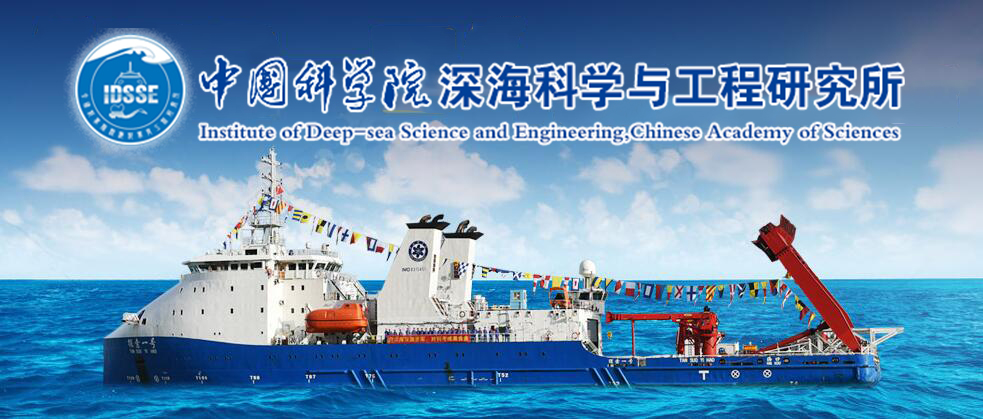
| 论文题目 | How Does Plastic Litter Accumulate in Submarine Canyons? |
| 论文题目(英文) | How Does Plastic Litter Accumulate in Submarine Canyons? |
| 作者 | Yang, Yuping(1);王大伟(2,3,4);Kneller, Benjamin(5);Zhong, Guangfa(6);Yu, Kaiqi(7);Wang, Minghan(8);Xu, Jingping(1) |
| 发表年度 | 2024-09-28 |
| 卷 | 51 |
| 期 | 18 |
| 页码 | 11 |
| 期刊名称 | GEOPHYSICAL RESEARCH LETTERS |
| 摘要 |
Manned submersible dives in the northwest South China Sea encountered substantial amounts of plastic litter accumulated at the base of scours along the floor of a submarine canyon, which may associate with the depositional behaviors of turbidity currents. In this study, we conduct numerical simulations using field-scale bathymetry to investigate the relationship between the canyon floor morphology, flow processes, and the locations and sizes of the plastic litter piles. The consistent deposition pattern caused by the numerical turbidity currents with different input parameters indicate that morphology of the canyon may exert a dominant influence on turbidite deposition. This is attributed to a significant reduction in shear velocity as simulated turbidity currents flowing through the scours on the canyon floor. Spatial correspondence between deposits of turbidity currents and plastic litter accumulation suggests that suspended sediments and plastic may undergo simultaneous dynamic processes during the transportation of turbidity currents. |
| 摘要_英文 |

Copyright © 中国科学院深海科学与工程研究所 备案证号:琼ICP备13001552号-1
 琼公网安备 46020102000014号
琼公网安备 46020102000014号
地址: 三亚市鹿回头路28号 邮编:572000 网站维护:深海所办公室 邮箱:office@idsse.ac.cn